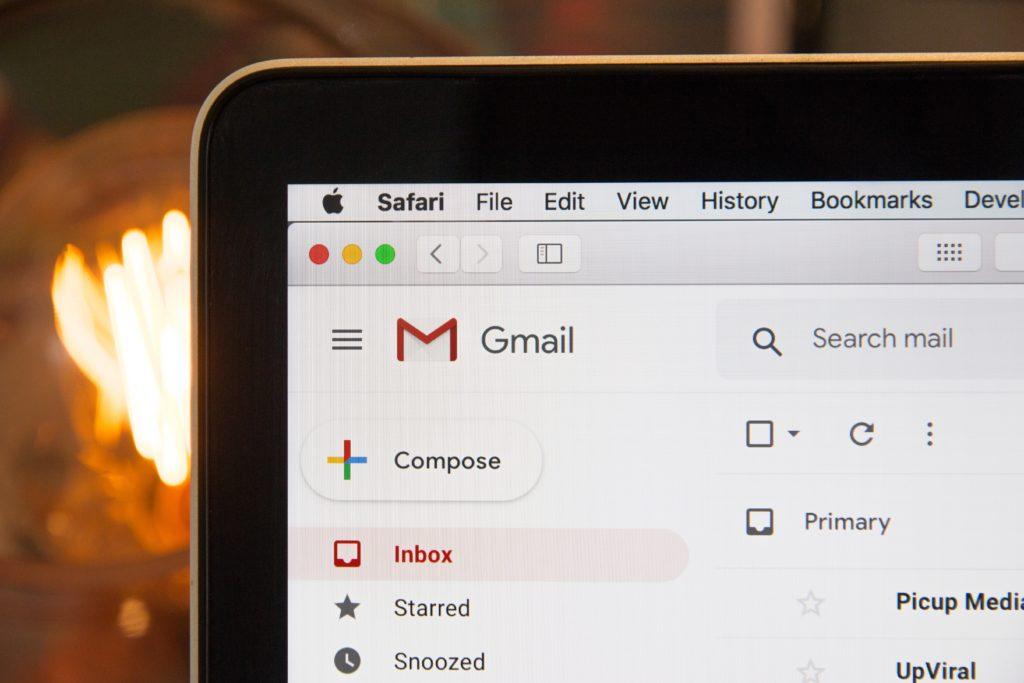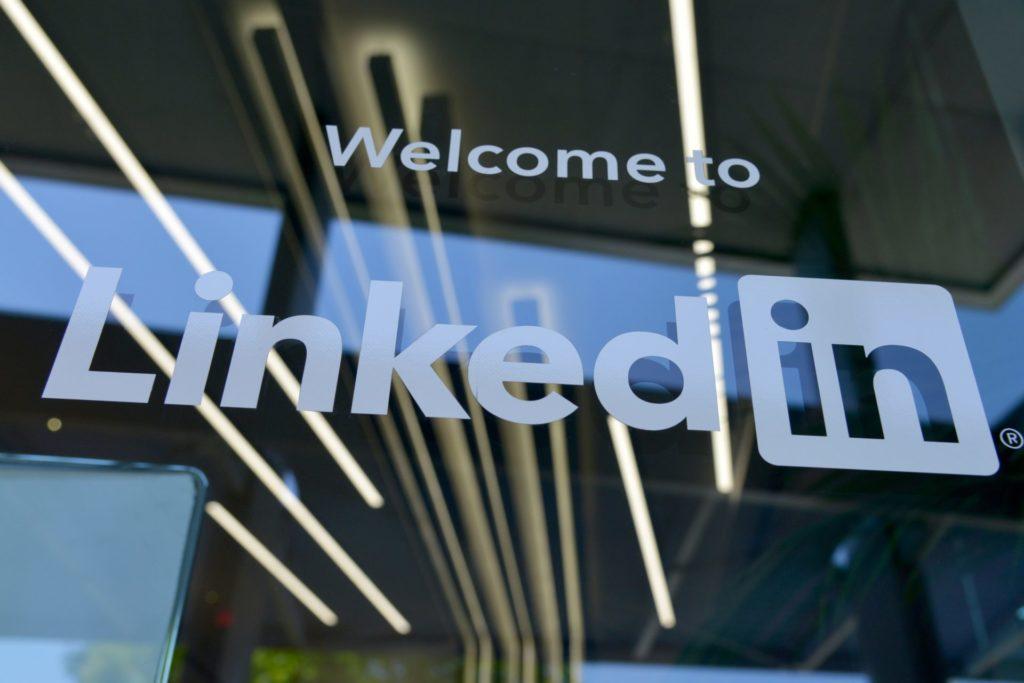Email is old-fashioned and ineffective when it comes to getting ESL clients, right?
If that’s what you believe, think again. In fact I’d go so far as to say EVERY independent teacher SHOULD have an email marketing strategy.
Email marketing lets you connect with people who’ve already shown interest in what you have got to offer, by opting into your mailing list. And it costs you practically nothing from that point to keep an open line of communication with them, building up those know, like and trust factors which are critical to every purchase decision.
In this blog post, I’m going to explain how to use lead magnets and drip campaigns, and how we can leverage them to entice people to join our mailing list, then keep them interested and engaged.
I’ll also give some cool tips on how to design forms and write email subject lines that will get people to open and read your email messages.
I’ll tell you about some free email marketing platforms you can use to get started.
And finally, I’ll share with you a tactic which I use to increase my email open rates and boost the number of clicks I get from email subscribers back to my website.
So, if you want to take your teacherpreneur marketing skills to the next level, keep reading!
Table of Contents
How Does Email Compared to Social Media?
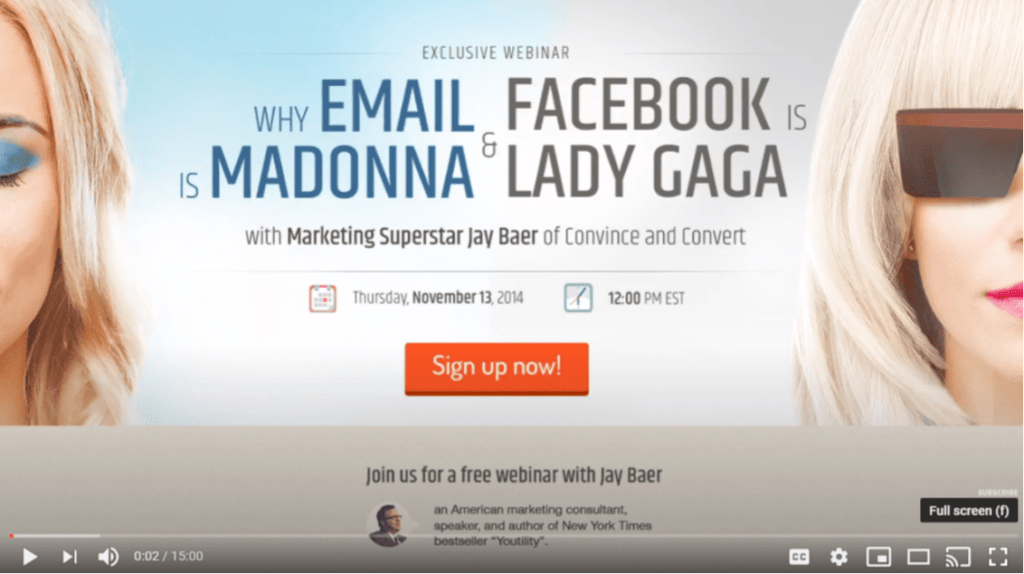
Back in 2014, marketing expert Jay Baer made the analogy that email vs Facebook is the equivalent of Madonna vs Lady Gaga. Facebook is in many ways, the same as email marketing but with a fresh coat of paint.
Email list opt-in is the equivalent of Facebook “liked” pages. Both allow your business to stay “top of mind” among people who have given you permission to do so. It’s the same strategy.
Email Opens = FB Reach.
Email Click-through = FB Engagement.
Email Forwards = FB Shares.
Email Unsubscribes = FB Hides.
But in the years since that comparison, what has happened?
Facebook algorithm changes have not been kind to organic marketers. The Zuckerberg platform’s organic reach has shrunk to about 6 percent (2022) for the average FB Business Page owner.
Email, on the other hand, is more popular than ever.
Email has an average open rate of 21.73% and a click-through rate of 3.57% across all industries.
Compare that to your Facebook Page posts which have an average engagement rate of only 0.07%.
Furthermore, people are active with their email accounts. Ninety-one percent of email users check in at least once a day.
Good old-fashioned email, as unglamorous as it might seem in the 2020’s, is still crushing it.
Why is Email an Essential Marketing Channel?
It’s cost-effective
For every $1 spent on email, it delivers an average ROI of $32.
According to Andy Beohar, Chief Inbound Marketing Strategist at Seven Atoms, “One report found that 66 percent of online consumers made a purchase as the result of email marketing. Conversely, only 20 percent made a purchase as a result of a Facebook promotion.
This is largely because most consumers are familiar and comfortable receiving marketing messages via email, while retargeted social media ads may seem invasive or interruptive, and organic social media promotions may be missed entirely.
And because of email marketing’s ability to achieve high conversion rates at a lower cost than paid social ads, it has the potential to provide a better ROI than social media.”
You OWN your list
ClickFunnels founder Russell Brunson wrote in his book DOTCOM SECRETS about the three types of internet traffic.
- Traffic you don’t own and don’t control (organic search/organic social media reach).
- Traffic you don’t own but can control (paid search/paid social media reach).
- Traffic you DO own and DO control (your email marketing list).
Traffic you own and control is the best kind of traffic. These are your loyal fans and customers. These are people who want to hear what you have to say and what you have to offer. Best of all, you control the entire distribution channel. No third party can take away your email list.
Now compare that with building a business which relies on Google or Facebook to send customers your way. Abrupt Google search algorithm changes have ruined many businesses over the years. Google Search Engine Optimization (SEO) is a game with constantly shifting goal posts.
Facebook too, has made plenty of seemingly arbitrary and opaque decisions that badly affected private operators. Justin Murray, founder of Real Life English had a Facebook Group of 120,000 members shut down suddenly for allegedly “inappropriate content” that nobody seems to be able to identify. Despite hundreds of reconsideration requests, Facebook refused to respond.
The average customer needs about seven interactions with your brand before they are willing to purchase. Asking for an email address is a simple, low barrier request which starts that engagement journey. Once you’ve obtained an interested visitor’s email, you can start to prove your worth to them by offering consistent, relevant, valuable content. It takes time to establish your brand credibility. But once you build that connection, once an email list subscriber begins to know, trust and like you, there is a decent chance they will eventually become your student. It just requires patience and belief in your sales funnel. As Jay Baer says, “modern business success is about embracing the power of ‘eventually’ “.
So if you want peace of mind about the sustainability and security of your business model, an email marketing list should be one of your top priorities.
Modern business success is about embracing the power of “eventually”
– Jay Baer, Marketer and Author
Use Lead Magnets and Drip Campaigns
Lead Magnets
One of the best strategies to obtain email addresses is to offer a lead magnet. It might be a downloadable asset such as an e-book, cheat sheet or infographic. It might be access to a password-protected page with a video embed. You could make a quiz with an email address required in order to get the quiz results. The only limit is your creativity. This works better than a simple “subscribe to my newsletter” offer because it promises something immediate and tangible.
Digital assets are ideal since there is zero marginal cost in providing them, whether to ten users or ten thousand. Google Docs allows you to create a document then convert to PDF. If you are looking for a more professional appearance, Designrr.io and Canva will help you produce polished looking digital materials.
Drip Campaigns
A drip campaign is an automated sequence of email templates that are timed to go out a specific number of days after the initial sequence activation. Drip campaigns put your marketing on autopilot so you can get on with providing services to your clients.
Here are just some of the ways you could deploy an email drip campaign:
- Use an initial “subscriber welcome” drip sequence to explain your lesson program.
- Use a product launch sequence to promote a new curriculum or course structure.
- Use a feedback sequence to follow up with new students after a trial lesson.
- Offer a lead magnet mini-course in email format that introduces potential students to your live lesson content.
Social Media Examiner has a great short video on how to structure a welcome sequence drip campaign.
Keep Your Students Motivated and Engaged
You can use email marketing to give your existing students “pep talks” as they complete a course. Record a video greeting using tools like Loom or Dubb and embed that into your email newsletter. Video messages are a great way make a personal connection with your students.
You could set up an email sequence for students who have suddenly stopped taking lessons. Prompt them to re-engage with your course by offering “make up” lessons or additional “one-to-one” training options.
Send students who have just completed a lesson program an “exit sequence”. Prompt them for a testimonial or a referral to new clients. Thank them for their support and ask them to stay engaged on your social media accounts. You could increase the lifetime value of those students by upselling extension services such as an “open conversation group” or a self-study video program.
In the same way, you could use a re-engagement sequence to specifically target ex-students you haven’t heard from in a while. Encourage them to take refresher courses or at least stay in touch on social media.
Teacherpreneur Marketing
ACADEMY
FACEBOOK GROUP
Which Email Marketing Platforms Are Free?
There are a host of different email marketing platforms out there, each with it’s own unique benefits. The following are a few of the ones which have a free “starter” plan. Most platforms do require a basic paid plan to create multistep “drip” campaigns.
– up to 300 emails per day
– unlimited contacts
– Has a global SMS (paid) message broadcast option
– unlimited sent emails
– up to 300 contacts
AWeber
– up to 3,000 emails per month
– up to 500 contacts
– up to 1,000 emails per month
– up to 500 contacts
– up to 12,000 emails per month
– up to 1000 contacts

Planning Your Email Marketing Campaign
One thing which you should NOT do is annoy your email list members with too many promotional campaigns. Doing so will lead many to ignore your mail, unsubscribe, or worse, flag your mail as spam.
Instead, try sending helpful content such as your latest blog posts or PDF infographics. Provide content which might help them with particularly challenging grammar structure, illustrate an idiom or introduce vocabulary. Students will appreciate anything that offers them immediate benefits.
Mailing too frequently could lead to your recipients disengaging from your messaging. Even when your content isn’t promotional, there is only so much detailed information which your audience can comfortably absorb. Add some variety to your mailouts by once in a while adding image content that is entertaining, inspiring or gives your mail recipients a look “behind the scenes” at what makes you a real person. Share student success stories. Use short, easy to consume email bursts to break up your flow of weighty content.
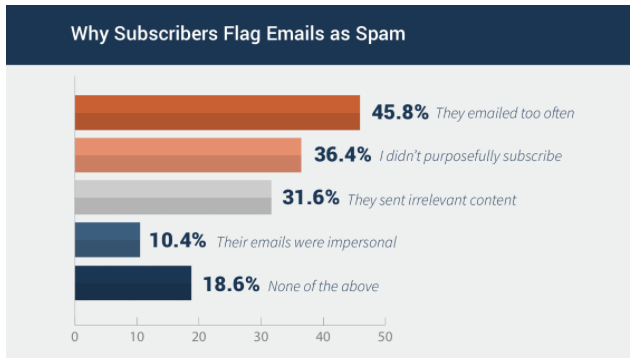
Another tactic which you can use to boost your engagement rates is list segmentation. Instead of sending a scheduled email to your entire list, try subdividing the list into separate campaigns. Most email marketing platforms allow you to dig into individual user engagement logs and see which email campaigns they have opened or clicked through. Use “tags” to segment your audience e.g. students who prefer advanced level tips versus those who prefer more basic grammar advice.
When your email marketing list reaches a decent volume to get statistically relevant results (about 1200 subscribers), you should try A/B testing. This means, splitting your audience into two random groups and trying a different subject line or a different promotional graphic with each. See which version gets better click-through results. Iterate, test and learn about what resonates with your audience.
It is important to maintain a “healthy” email list. When too many of your email broadcasts go unopened or “bounce” as undeliverable, you run this risk of having your account flagged for spam. Remove non-responsive recipients. There is no point sending repeat emails to people who never look at them. And make sure that email recipients have a clear and simple way to unsubscribe.
Double Opt-in or Single Opt-in
When setting up your email marketing list you’ll need to decide whether you want to adopt a single opt-in or double opt-in strategy.
A single opt-in is a one-step process. It only requires a person to enter his or her email address one time in the signup form.
No confirmation is required, and they immediately become a subscriber. It has the obvious advantage of requiring fewer steps to make it onto your mailing list.
A double opt-in however, involves a two-step process where a person first enters their email in the signup box, then they need to confirm they want to be added to your list by clicking a link in an automatic confirmation email. It means subscribers can immediately address any problem with your mail getting lost in the spam folders. However, according to one study, 23.6% of double opt-in recipients never confirmed.
Best practice with double opt-in strategies is to show a screen shot on your subscriber “Thank You” page of what double opt-in recipients need to do next. Show them what the confirmation email looks like and what they need to do with it e.g. “Click on the orange button at the top of the email to confirm”.
Whether you choose single opt-in or double opt-in is a question of growth vs list quality. According to one survey, marketers generally see about 20-30 percent faster list growth when they use single opt-in. On the other hand, a list created with double opt-in is likely to see fewer “hard bounces” and higher click-through rates since recipients have proven they are interested in your messaging by taking the extra confirmation step.
Squeeze Form Design
Designing your form to capture emails takes a bit of craft. For example, what information should you be asking the user to submit?
Many marketers will ask for the recipients first name or full name in order to use this information in placeholder tags within the mail template. Whether this is a good idea is debatable. On one hand, some people claim that adding this kind of message personalization increases engagement and click-through.
On the other hand, form completion rates drop off with every additional form field that you ask a visitor to complete. Forms with a lot of input fields can also attract more fake email addresses as users become suspicious of how much information they are being expected to provide.
Email templates could also make cultural faux pax with name information. For example it would be pretty weird to address a native English speaker as “Hello Bill Smith”, but in a lot of cultures it is considered rude to address someone outside your intimate circle by their given name alone. So you if you are going to ask for name information, it might be safer to ask for a gender title like “Mr/Ms” and use “Mr Smith”. Then of course, “Hello Mr Smith” can sound overly formal. For culturally diverse audiences, I’m not convinced that asking for names is a good idea.
If you have student testimonials, don’t be shy about using them adjacent to your squeeze page form. Social proof that your lead magnet offer has been useful to other people can be a powerful persuader.
Make your lead magnet offer something that is easily digestible. Not many people want to download “War and Peace”, let alone read Leo Tolstoy’s 587,000 word masterpiece as a PDF on their phone. Keep you e-book to three or four pages and let your visitor know that’s what they can expect.
Include some encouraging statistics with your lead magnet offer e.g. “7 out of 8 students who read this guide said it helped them to prepare for the IELT exams”.
Use a compelling “hero image” with your form. The best photo would be a smiling, professional looking image of yourself. If you need to use stock photos, at least pick something relevant to your target audience.
Have an action oriented, “user centric” and “benefit centric” call to action button. For example “Send My E-Book” is a lot better than “Click Here”.
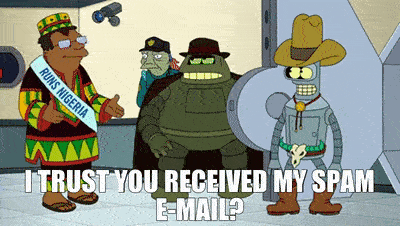
Include a few bullet points about how the user can benefit from using your lead magnet. Remember to be “benefit focussed” not “feature focussed” e.g. “Learn five ways to sound more professional in business meetings” rather than “Learn the five most common accounting acronyms”.
Remove objections to visitors providing their email address e.g. “No spam. Guaranteed”.
Include an “opt-out” link which highlights the pain of not taking action e.g. “Help Me Improve Today | No I’m OK With Poor English”.
Use a “fear of missing out” (FOMO) trigger in your offer. For example, show a count-down timer which shows the number of days still remaining to take advantage of your free email based mini-course.
Adding video to your squeeze page can significantly increase conversions. Use the video to tell a story about how your lead magnet will help the subscriber. Use the opportunity to introduce your credentials and establish credibility.
If you want to take it to the next level you can even try a video lead gate . Let visitors watch say the first five minutes of a 15 minute instructional video and then have a lead gate which asks them to submit an email address to continue watching. The company PressPlay offers such video player software for $197 / yr.
Presenting the Squeeze Form
Where should you present your squeeze form to the website user? Should you embed the form into the page (called an inline form)? If so, where on the page? The top? The bottom? The middle? Rather than an inline form, should you make the sign-up box dynamically appear as a full page popup, a light box popup (a.k.a. a modal), as a slide in from the top, bottom or side? There are plenty of options. My personal preference is to embed the form at the end of a blog article, and if it is a really long page, somewhere in the middle of the article.
I also like to use exit intent popups. Let’s be honest, everybody hates those popups that appear while you are in the process of trying to read something 😠. An exit intent form, on the other hand, is activated when the user moves his or her mouse cursor out of the web page as if they are going to click on a different tab or close the current tab. At this point they have obviously finished interacting with your content so you’ve got nothing to lose by showing the form and you are unlikely to be annoying them. The only real downside with exit intent popups is that they don’t really work on mobile devices because .. your finger isn’t a mouse cursor.
Email Subject Lines
Use a snappy subject line. Your email subject line is the first (and sometimes last) impression you make on the recipient 📧.
The best subject lines are brief, descriptive and invite action or curiosity. Here are some tips:
- Using numbers in your subject line creates focus as people’s attention is naturally drawn to digits e.g. “Boost your TOEIC score with 7 easy techniques”.
- Ask questions which invite a response e.g. “Which English words do most kids learn incorrectly”?
- Use scarcity in your message e.g. “Just 3 places left on our course starting next week”.
- Target your message to match the audience demographic “7 Language Tips for Intermediate English Speakers in China”.
- Make a controversial statement e.g. “Your kids know more about English than you do”.
- Offer privileged sneak preview access e.g. “Be one of the FIRST to watch my new training video”.
Email Body
Use lists and bullet points in your email body. People prefer to scan and skim emails rather than read from start to finish. Try these ideas:
- Highlight and bold the most impactful text and relevant key phrases.
- Use emojis to lighten the tone and draw attention to specific points.
- When you use statistics, don’t be tempted to “round” the figures. Be as precise as possible. e.g. “35.7% of respondents found grammar difficult” is more authoritative than saying “About a third of respondents found grammar difficult”.
- Use specific calls to action. Have clear buttons where you want email recipients to click in order to take action. Use action words like “Create My Account” or “Book My Trial Lesson”.
- Include links to your social media accounts and encourage readers to connect with you on any of those channels. The more channels of connection that you build with your audience the better.
- When making an offer don’t just focus on monetary benefits. Marketing studies have revealed that people value their time as much (or more than) their money. You can always find ways to put more dollars in your bank account but once time has gone … it’s gone. People who earn more usually place a higher premium on their time than people who earn less, therefore they are willing to pay more for the same service. So try emphasizing the time saving qualities of whatever your lead magnet is offering e.g. “Prepare for the TOEIC Exam in half the time with my special learning technique”.
Resending to Non-Openers
Most email marketing platforms make it easy to resend your campaign to those who didn’t open your mail the first time. Some people who are new to email marketing might resist doing this for fear of being “spammy” and leading to unsubscribes. But in reality, recipients don’t open your mail for a variety of reasons. They might not see it if your email is buried among a lot of other unread mail, for instance. As the following statistics will prove, there is a good case for ALWAYS following up with a second email blast to non-openers.
Best practice would be to perhaps alter your subject line before resending to non-openers. But that can also add a lot of extra work. For example, within MailChimp, that would mean creating a custom audience segment of non-openers, duplicating your original campaign, changing the subject line and then resending. If you are time-poor it’s a heck of a lot easier to just use the one-click “resend to non-openers” feature on the MailChimp free mobile app.
Let’s take a look at the numbers. I pulled out the data from the last 39 weeks of email campaigns from BabelTEQ. I looked at the initial average open rates, the initial average click-through-rates (CTR) and the initial average unsubscribes. On average, I sent a follow up campaign 5 days later for each email broadcast. So I looked at the incremental open, CTR and unsubscribes rates which these resends brought me.
| Days in this study | 272 |
| No. of campaigns | 20 |
| Days between campaigns | 14 |
| Average open rate | 40.2% |
| Average click-through-rate (CTR) | 5.0% |
| Average unsubscribe rate | 0.5% |
| Average days resend delay | 5 |
| Average incremental open rate (Resends) | 11.1% |
| Average incremental click-through-rate (Resends) | 1.2% |
| Average incremental unsubscribe rate (Resends) | 0.2% |
| TOTAL average open rate | 51.3% |
| TOTAL average click-through-rate (CTR) | 6.2% |
| TOTAL average unsubscribe rate | 0.7% |
What does the data tell us? Re-sending to non-openers after an average 5 day delay netted an incremental 11.1% email opens and 1.2% clicks at the cost of 0.2% incremental unsubscribes.
Make your own assessment of that, but if you’ve got a list of 1000 subscribers in your campaign, and you lose two disinterested people through unsubscribes in order to get those 11 extra click-throughs, I think it’s a good deal. Remember that if you were buying clicks on Google or Facebook it would cost anything from $US20 to $US100 for the same result.
I should make a point that unsubscribes aren’t necessarily a bad thing anyway. I’ve already mentioned that there are lots of good reasons to keep a “healthy” subscriber list i.e. a list which doesn’t contain too many people who aren’t engaging with your campaigns.
So bottom line, when someone unsubscribes, they are probably doing you a favor because they just weren’t that “into you” in the first place. FYI unsubscribes below 2% are within industry norms.
But if your unsubscribe rate is trending high, it might not be a problem with your email frequency, but instead a problem with your content. Remember to always give your subscribers a “balanced diet” of “value” vs “offers”. If you are frequently providing tips and valued information, recipients won’t mind you turning up regularly in their inbox.
Re-sending to non-openers after an average 5 day delay netted an extra 11.1% email opens and an additional 1.2% clicks at the cost of 0.2% incremental unsubscribes.
Conclusion
Email marketing is a strategy that every independent ESL instructor should be using. It requires little investment and delivers an unbeatable ROI. Email campaigns give you an opportunity to establish trust, authority and connection with your target audience. You can use automated email sequences to draw new subscribers into your sales funnel, to keep existing students engaged, and to increase the lifetime value of every student by maintaining your connection and offering new study opportunities. With so many free email marketing platforms available, planning your email marketing campaign is easier than ever before.
In the words of marketing legend Seth Godin, “Permission marketing turns strangers into friends, and friends into loyal customers.” So, start today and harness the power of email marketing to take your business to new heights.
The author of this post lives in Japan with his wife and family. He has taught English part-time (online and off) for more than a decade. He is passionate about WordPress consulting, online marketing and using the power of the internet to help people achieve their dreams.
He thinks that until you’ve tried sashimi tuna with wasabi, soy sauce, hot sake and a cold beer chaser, you just haven’t lived.
